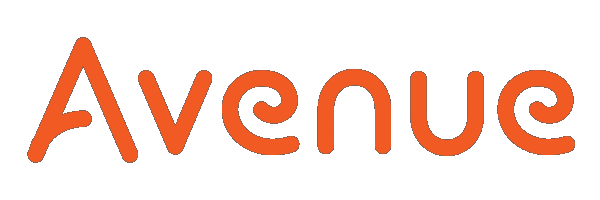Managing the Course Settings
Margarita Berezyanskaya
Last Update a month ago
Available Course Settings
General
- Course full name
- Course short name
- Course category
- Course visibility (Hide or Show the course)
- Course start date
- Course end date
- Course ID number
Description
- Course summary
- Course image
Course format
- Formats (Custom sections, Single activity, Weekly, Social)
- Hidden sections
- Course layout
Appearance
- Force language (Do not force, English, French)
- Number of announcements
- Show gradebook to students
- Show activity reports
- Show activity date
Files and uploads
- Maximum upload size
Completion tracking (if enabled)
- Enable completion tracking
- Show activity completion conditions
Groups
- Group mode (No groups, Separate groups, Visible groups)
- Force group mode
- Default grouping
Tags
- Tags
Other fields
- Service provider
- LINC/CLIC students?
- ESL/FSL Students?
Course Settings
School board
- Site name
Street number
Street name
City
Postal Code
Room number
Location type
CM available
TA available
Program
Course type
Course category
Instructor
Format of training
Target language
Welcome message
- Welcome message subject
- Welcome message
Changing Course Settings in Your Course
1. In the Course navigation menu, click on the course Settings link.

Note: The Edit course settings screen appears.
Note: Items marked with a white exclamation mark on a red background are mandatory.

2. In the General section, type a descriptive name for the course in the Course full name textbox.
3. Type a short name for the course in the Course short name textbox. The course should already be in a category set by the site administrator.
4. Choose either Show or Hide in the Course visibility drop-down.
5. Set the Course start date with the Calendar icon or the drop-down boxes. If you want to add an end date, check the Enable box and set the Course end date.

6. Ignore the Course ID number. Please leave this box empty.
7. In the Description section, type a course summary in the Course summary textbox.

8. To add an image to your course description, drag an image from your device or computer into the Course image drag-and-drop zone. (See Adding a Course Image on Your Dashboard for detailed instructions.)
9. In the Course format section, choose Custom sections.
Note: The Custom sections option replaces the term Topics used in previous Avenue versions.

Note: The Custom sections drop-down menu appears.

10. In the Course format drop-down, choose either Custom sections, Single activity, Social or Weekly sections. The Avenue default is Custom sections.
- Custom sections allows you to create customizable sections.
- Single activity makes a course that contains only one activity or resource.
- Social makes a course centered around a forum. Additional activities and resources can be added with the Social activities block.
- Weekly sections makes courses that are divided into weekly sections.

12. In the Custom sections, Course layout option, teachers can choose Show one section per page to reduce distractions for their students.

13. In the Appearance section, choose either French, English or Do not force in the Force language drop-down.
Note: Do not force is recommended.
14. Choose the Number of announcements that will display in the Latest announcements block. If this is set to 0 then no items will display.
15. Set the Show gradebook to students to Yes or No.
16. Set the Show activity reports to Yes or No.
17. Set the Show activity dates to Yes or No.

18. In the Files and uploads section, choose the Maximum upload size for student submissions.
Note: The Avenue administrator sets a maximum upload size for the system. Teachers change the maximum upload size for individual assignments.

19. Once enabled, the Completion tracking settings are displayed in the Completion tracking page and in the settings for activities/resources. More information about using activity tracking is provided in Setting up and Using Completion Tracking.

At this point, this guide does not cover Groups, Role Renaming, or Tags (see Stage 3).
Video Resources
Resources

